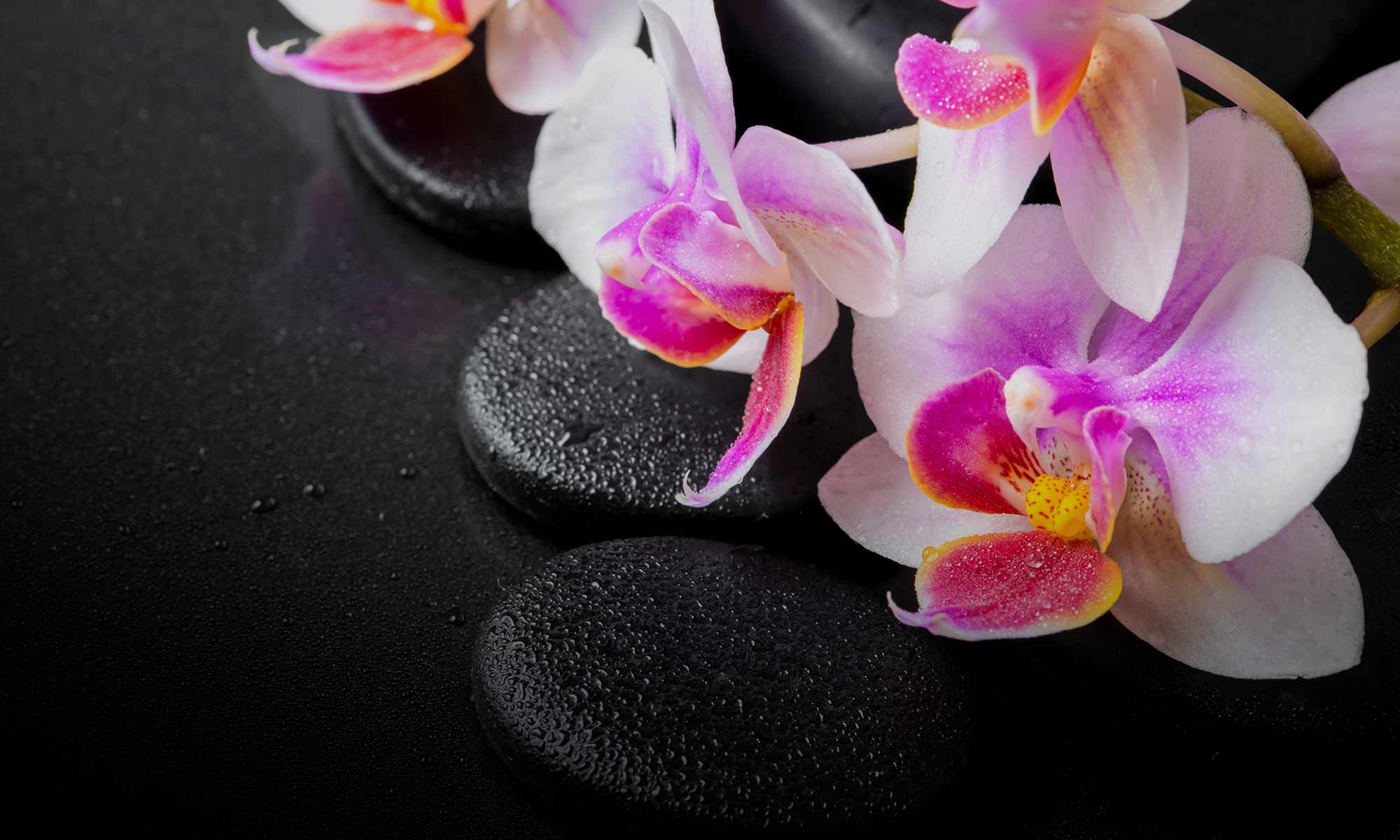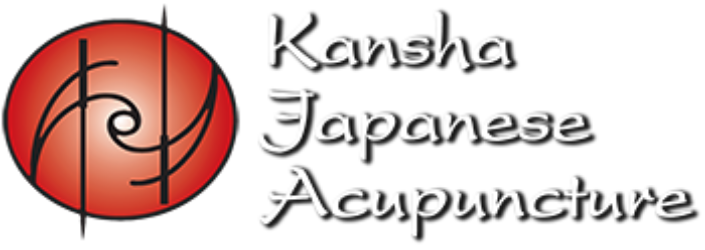What is Oriental Medicine?
Oriental Medicine is an organized system of health care that has been used for 4000+ years and is presently used as a primary health care system throughout the world. It is a method of building and balancing the body’s life energy known as “ki”. There are fourteen main interconnected pathways called “meridians” through which this energy circulates bi-laterally, surfacing in about 400 acupuncture points. These meridians service one or more areas and organs. Oriental Medicine views disease as the result of an imbalance or blockage in the body’s natural energy flow. This can occur as result of trauma, genetic disorders and many other pathogenesis. Such imbalances can manifest in physical, emotional and psychosomatic stress-related disorders. Very thin, sterile, stainless steel needles are inserted into specific points along the meridians in order to disperse the blockage and mobilize the body’s natural immune response. Acupuncture is one of a number of energy balancing techniques utilized in Oriental Medicine. Also included in Oriental Medicine therapies are various massage techniques, manual therapy (body work), life style and dietary recommendations, herbal remedies, and far-infrared lamp and moxabustion techniques of manipulating acupuncture points with heat. These techniques are compatible with other systems of health care.
What does a treatment entail?
Every time a treatment is done I will make an assessment via Question and Answer, a technique of pulse diagnosis unique to Kototama tradition, vital signs and observation. I will then decide on a treatment plan, which will generally include a 15-20 minute relaxation time with acupuncture needles, this may be followed by a specialized form of bodywork or other needle therapies depending on findings. Far Infrared lamp or Moxibustion (heat therapies) may be incorporated as well. Exercises, dietary/nutritional guidance, supplements, herbs and other self-care will be recommended as needed.
Will I feel the needles?
One misconception about acupuncture is that it hurts, and this is a reason that some people don’t want to try acupuncture. The treatment isn’t meant to hurt, though you may experience some sensations during your treatment. Most people being treated don’t feel anything. Sometimes what might be described as pain is what we call a “ki” sensation may occur. It can be heavy, throbbing or jumping, all of which are positive responses. These responses can vary based upon individual levels of pain tolerance and overall sensitivity. Sometimes your first acupuncture treatment will be more sensitive than your following treatments. This can be because certain acupuncture points are being activated for the first time. Occasionally symptoms may worsen slightly before they get better. Pain isn’t always a negative thing, but you don’t want it to last. Most of the time it dissipates. If the patient continues to feel it, I take out the needle.
What does acupuncture feel like?
Often you won’t feel the needles being inserted, they are thin and gently inserted. Depending on the stage of treatment and what type of protocol being used there maybe a dull ache or a slight tingling sensation. This may be a sign that the treatment is working and the acupuncture point is being activated. You may also feel a heavy or electric sensation. Feelings of warmth may also arise at the acupuncture points. If you feel anything that is a severe or sharp pain, you should let your acupuncturist know. Most of the time pain or discomfort will be fleeting and last only a few seconds.
How long does a treatment last?
You can expect your first acupuncture treatment session to last about 90 minutes. Some of that time will be spent discussing your reasons for acupuncture. Depending on your condition and how in-depth this conversation is, some sessions may last longer. Follow up treatment typically are about 70 minutes. The first part of the treatment the needles will be kept in place for 10 to 30 minutes. During this time, you will lie still. Some people enter a very relaxed state or fall asleep. This is followed by some type of body work or other techniques, depending on the condition.
How many treatments are needed?
The number of treatments needed to alleviate a disorder varies, depending on the type of illness and the individual. Generally, acute disease can be treated successfully in a few treatments. Chronic problems that have taken years to develop will not be “cured” overnight. The effects of a treatment may not be felt immediately. Change over time will reflect the gradual restoration of the body’s strength and vitality.
Will the Acupuncture needles spread disease?
No! Professionals are required to follow Occupational Safety and Health Administration (OSHA) standards for needle sterilization procedures to protect against the transfer of viruses and other infectious diseases. The Council of Colleges of Acupuncture and Oriental Medicine (CCAOM) Clean Needle Technique (CNT) is required for National Certification Commission for Acupuncture and Oriental Medicine (NCCAOM) certification. I use only sterile disposable stainless steel needles.
What disease and conditions can be treated by acupuncture?
The World Health Organization (WHO) acupuncture report was retired in 2003, as there have been thousands of studies done on acupuncture since then. Here are some of the results reported by Evidence Based Acupuncture.

